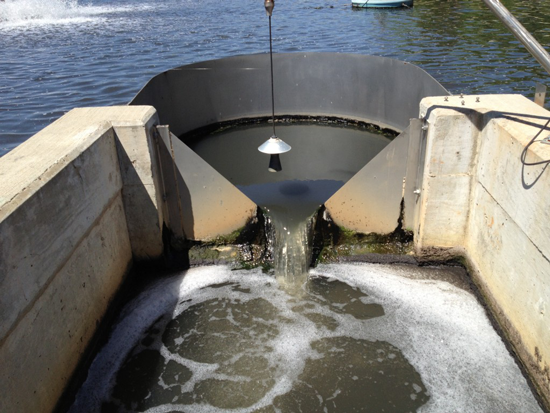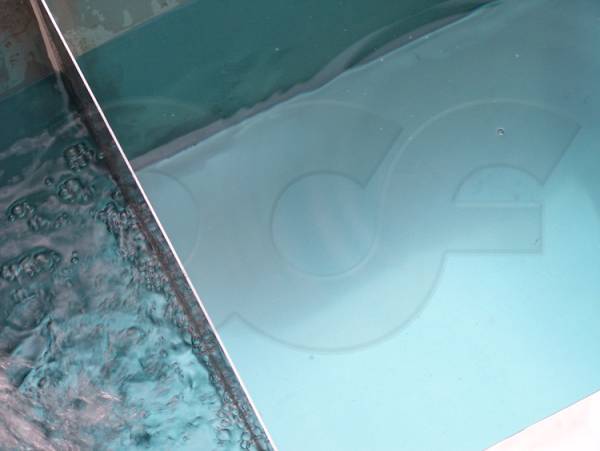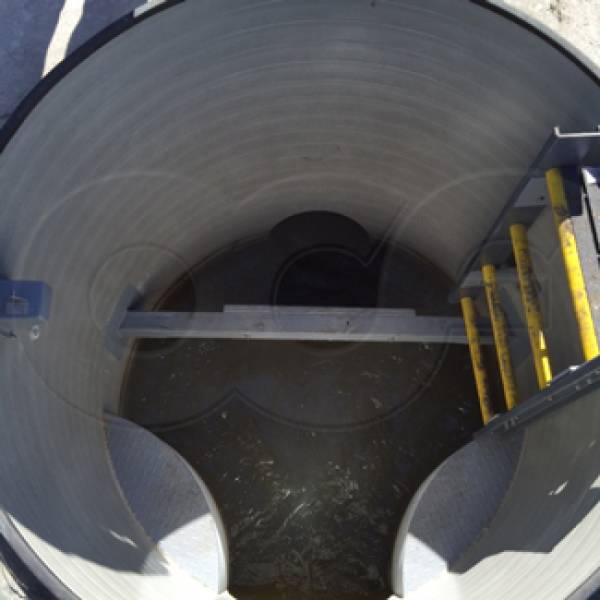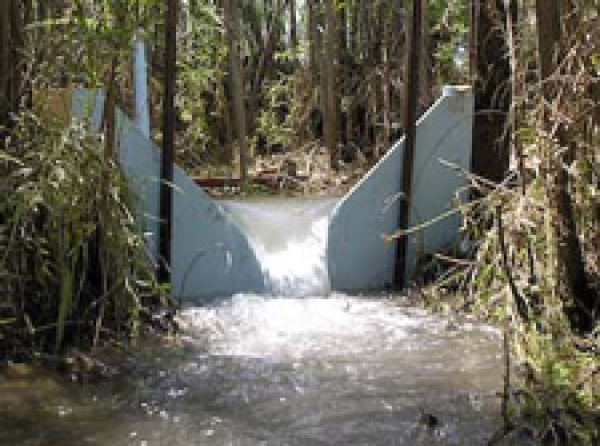This website uses a variety of cookies, which you consent to if you continue to use this site. You can read our Privacy Policy for
details about how these cookies are used, and to grant or withdraw your consent for certain types of cookies.
Underflow Baffles for Weir Flows
A problem with the application of thin-plate weirs in the field is the lack of proper conditioning of the flow before it reaches the weir crest. Baffles, placed upstream of the point of measurement, can be used to correct both poor approach velocity profiles and surface turbulence, allowing accurate flow measurements to be taken.
Curing Poor Approach Velocity Profiles
Despite years of investigation into weirs and their approach conditions, it is not yet possible to correct for irregularities in the approach velocity distributions for weirs. For accurate flow measurement to take place, therefore, the velocity profile must be well distributed as flow approaches the weir crest. Unfortunately, in field applications, this is not always possible.
Many times weirs are installed in locations not because they meet the guidelines for a proper weir installation, but because the site is accessible, is the best location from a set of bad locations, etc. When this happens, it is not uncommon for the approaching channels to poses poor velocity profiles.
Baffles, used separately as underflow baffles or in a set of underflow / overflow baffles, can redirect flow in such a way that the energy of the flow stream is spread more evenly across the channel. In redirecting the flow a more normal flow profile can be achieved.
The redirection of flow is particularly important when the flow entering a weir pool is from a pipe. Here the velocity profile tends to follow the circular shape of the pipe resulting in areas of locally high velocity along the axis of the pipe, while areas off to either side of the pipe have lower (or sometimes swirling) velocity profiles. By forcing flow from a pipe to go under / over baffles, the round pipe flow becomes rectangular channel flow.
It is for this reason that weir boxes with inlet piping utilize underflow baffle plates to distribute flow as it enters the weir pool.
Eliminating Surface Turbulence
By forcing the flow of water to go under the baffle and then rise up into the main body of the weir pool, surface turbulence and waves can be eliminated. In effect, an underflow baffle serves the same purpose as a stilling well does in a flume – it dampens or eliminates non-flow related oscillations in the surface of the flow stream.

To be effective in eliminating surface turbulence, the underflow baffle must extend above the surface of the weir pool. If not, water may overtop the baffle plate – undermining the benefit of the plate by allowing turbulence to continue into the weir pool. As a minimum, an underflow baffle plate should extend at least 2-inches [5.08 cm] above the water level at the maximum anticipated flow rate.
Related Blog Posts
Explore more insights in our blog.

LOCATIONS IN ATLANTA, GA & BOISE, ID





